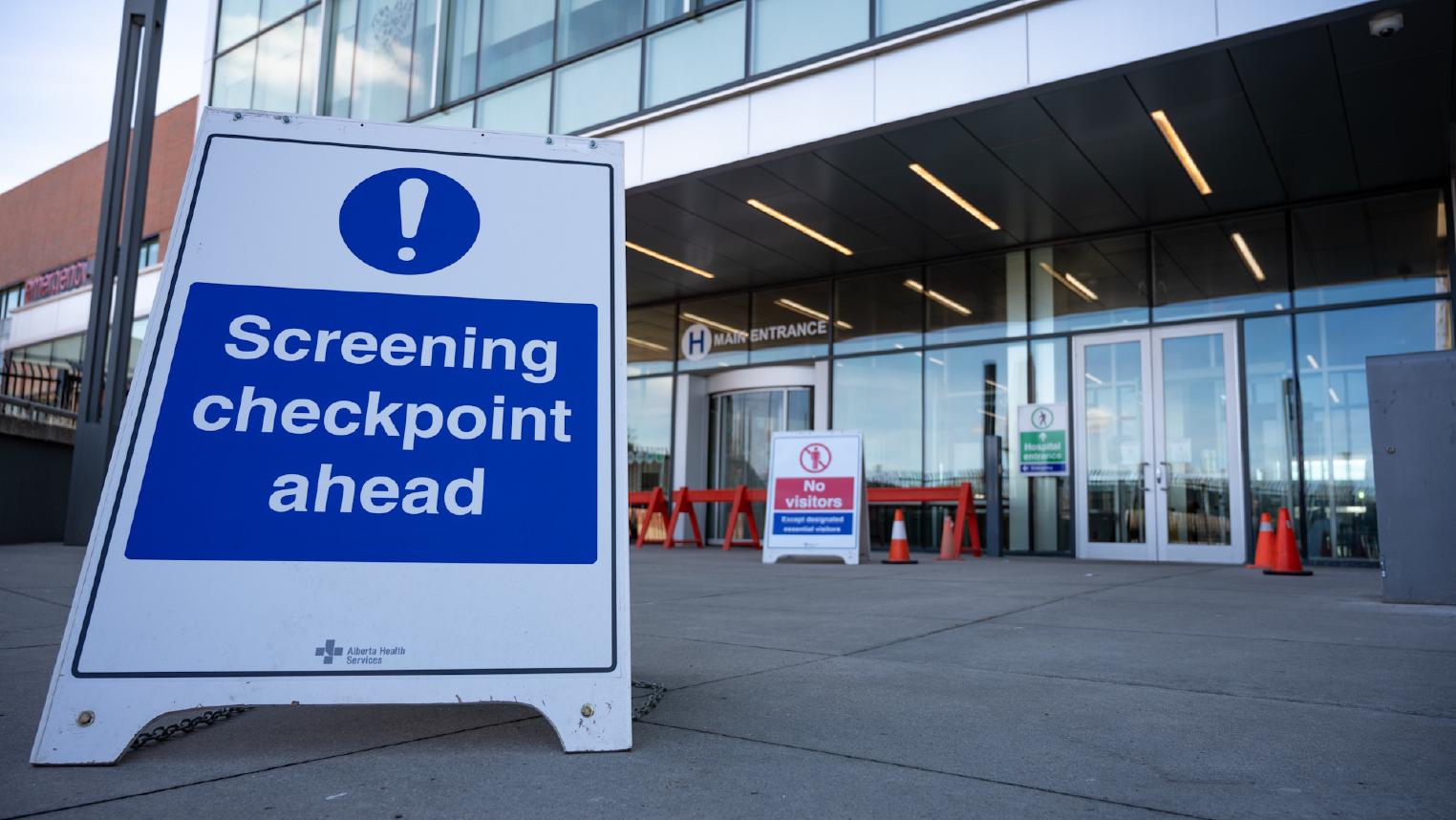Using Contact Analytics to Target Covid Testing

The positive newsflow about Covid vaccines is really encouraging. But realistically we still have to manage a transitional period as things start to move in the right direction, but are still far from normal. That period will without doubt stretch well into 2021.
It’s going to take quite some time to reach the kind of mass vaccination levels that can provide herd immunity and a return to ‘almost normal’. In the meantime, testing is going to be central to managing Covid transmission.
Testing is already centre stage at a national level. In the UK, high-risk areas are already offering testing to people without symptoms. The current capacity (typically enough to test the local population once every 10 weeks) is nowhere near enough to have a real impact. But hopefully capacity will continue increasing.
Another approach being trialed in the UK is to offer daily testing to the close contacts of confirmed Covid cases. Daily testing doesn’t prevent 100% of onward transmission but gets close.
Testing frequency is absolutely critical, with recent research showing that tests every few days can be really effective in reducing transmission.
It’s not just at a national level that testing is proving to be a vital component of Covid risk reduction. Companies and universities are increasingly managing their own private regular testing schemes to reduce the spread of the virus.
However capacity is always limited, and the most reliable PCR tests are not cheap. And that’s where targeting based on contact analytics can help.
The idea is simple. Not everyone has the same amount of physical contact with others. Targeting limited test capacity at those who have the most in-person contact means that those people can be tested more frequently.
The benefit of targeting in this way is dependent on how unevenly contact is distributed. If everyone has exactly the same amount of contact, then targeting can’t help.
As a starting point, we used some data gathered using mobile phones carried by University students. This showed that contact wasn’t quite as uneven as the well-known 80/20 rule. But it was still significantly uneven - following more like a 70/30 rule.
A quick initial estimate is that by testing a high contact group every 4 days, instead of using the same test capacity to test everyone every 14 days, the effectiveness of testing in reducing virus spread could be doubled.
Crowd Connected’s CSWIM product is one of the few systems on the market that provides contact analytics. And the latest contact analytics feature provides ranked lists of employees or students, based on the amount of physical contact they have with others.
Using this new reporting feature to target limited testing capacity in a company or educational institution could potentially double the effectiveness of the screening regime.